Maize flour, a staple food consumed by millions around the world, is processed through a series of intricate steps to transform raw maize kernels into the fine flour that finds its way into a variety of culinary delights. One of the core processes in maize flour production is milling, which involves the mechanical reduction of maize kernels into flour particles. The working principle of milling in a maize flour milling plant is a complex yet essential aspect that plays a pivotal role in ensuring the quality and consistency of the final product. In this detailed exploration, we'll uncover the intricacies of the milling process, shedding light on its principles and significance within the maize flour production line.
Before maize kernels can undergo the milling process, they undergo initial cleaning to remove any impurities or foreign matter. This step ensures that the maize kernels are of high quality and suitable for milling. Once cleaned, the maize kernels are conditioned, typically by adding water. Conditioning serves several purposes, including softening the kernels, making them more pliable, and regulating moisture content. Proper conditioning is crucial as it affects the milling efficiency and the quality of the end product.
The first step in the milling process is breaking the maize kernels into smaller pieces. This is achieved through the use of machines known as degerminators or break machines. These machines employ mechanical force to break the maize kernels into smaller fragments, which can then be further processed. The aim here is to separate the endosperm, germ, and bran, with the endosperm being the primary component used to produce flour.
Maize Flour Milling Machine with Hammer Crusher
The core of the milling process lies in the use of milling rolls, which are pairs of cylindrical rollers that rotate in opposite directions. These rolls apply pressure to the maize fragments, gradually reducing them into finer particles. There are various types of milling rolls, including smooth rolls and fluted rolls, each designed to achieve specific particle sizes and characteristics.
The milled particles are subjected to sifting through a series of sieves or sifters. Sifting serves to separate different particle sizes and further refine the flour. The resulting fractions are known as semolina, middlings, and bran. Semolina is the coarser fraction, middlings consist of particles of intermediate size, and bran is the outer protective layer of the maize kernel.
To obtain high-quality maize flour, the milled fractions must undergo further purification and classification. This involves using various equipment such as air aspirators, magnetic separators, and gravity tables. These machines help remove any remaining impurities, including dust, husks, and small stones, ensuring that the final product is clean and safe for consumption.
The semolina and middlings obtained from the sifting process are further processed to achieve the desired particle size and consistency. This is typically done through a process known as reduction, where the particles are passed through a series of roller mills to achieve finer textures. The resulting products are graded according to particle size, with different grades of flour being used for various culinary purposes.
In some cases, maize flour products require specific qualities, such as color and protein content. To achieve these characteristics, different grades of flour can be blended together in precise ratios. This blending process allows manufacturers to create customized flour blends that meet the specific requirements of their customers and end products.
The final step in the maize flour milling process involves packaging the flour into appropriate containers for distribution. Modern milling plants often use automated packaging lines to ensure accuracy and efficiency. The packaged flour is then ready for distribution to markets, stores, and consumers.
The working principle of milling in a maize flour milling plant is a multifaceted process that involves breaking, separating, grinding, sifting, and refining maize kernels to produce high-quality flour. This process relies on a combination of mechanical force, equipment, and careful control of variables such as moisture content and particle size. The milling process plays a pivotal role in determining the quality, consistency, and characteristics of maize flour, making it a critical step in the production of this staple food item consumed by people around the world.
Pingle Group, established in 1991, is a supplier of grain machinery engineering equipment integrating R&D, design, production, installation, and commissioning. The company focuses on the business of complete sets of grain processing equipment, undertakes the turn-key project for complete sets of grain processing equipment with steel structure building and steel silos, and can provide scientific and integrated solutions of grain fine-processing equipment and process technology.
For more information, please contact us: https://www.pinglemachine.com/contacts/ We will provide professional answers.
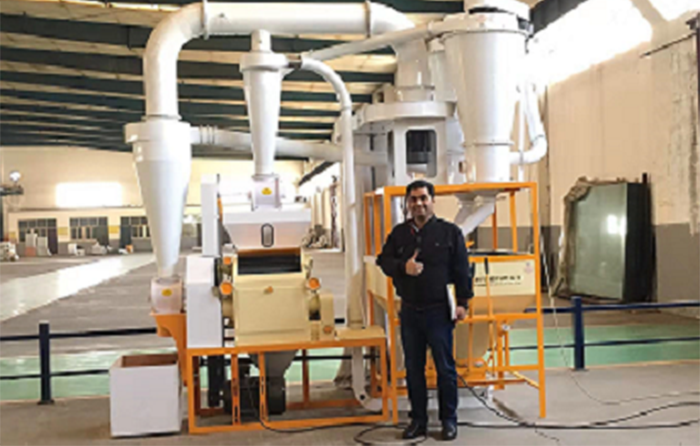 Fully Automatic Atta Chakki Plant
Fully Automatic Atta Chakki Plant
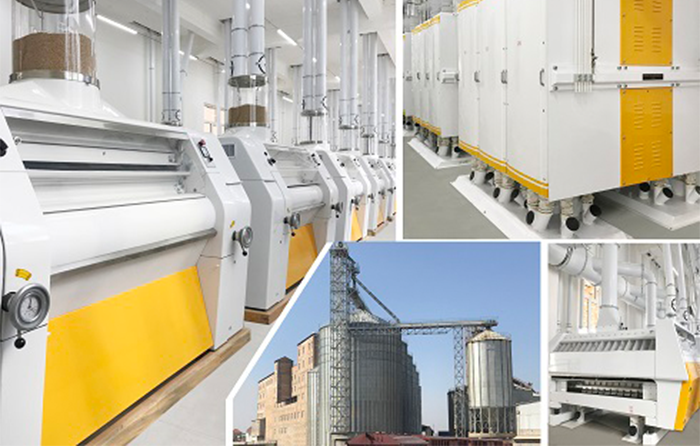 Fully Automatic Flour Mill Plant Price
Fully Automatic Flour Mill Plant Price
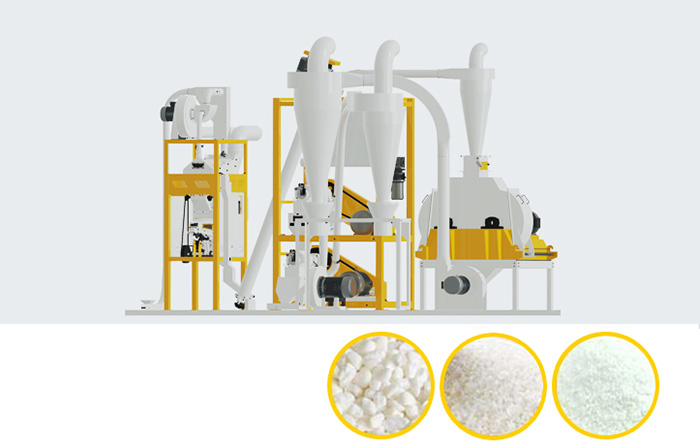 Maize Flour Milling Plant Special for Uganda Market
Maize Flour Milling Plant Special for Uganda Market
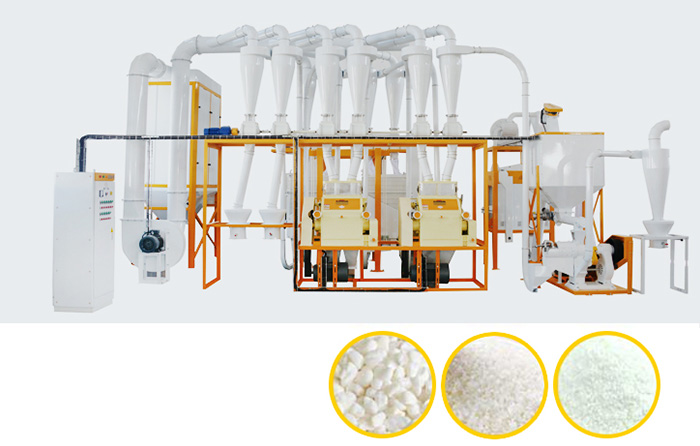 Maize Flour Milling Machine Special for Kenya, Zambia Market
Maize Flour Milling Machine Special for Kenya, Zambia Market
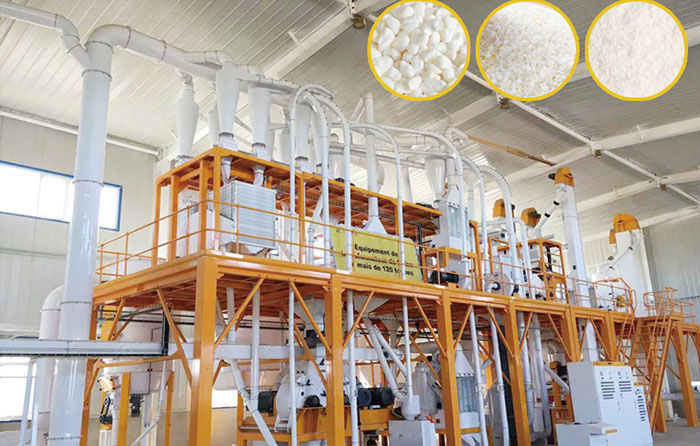 Maize Flour Milling Machine with Hammer Crusher
Maize Flour Milling Machine with Hammer Crusher
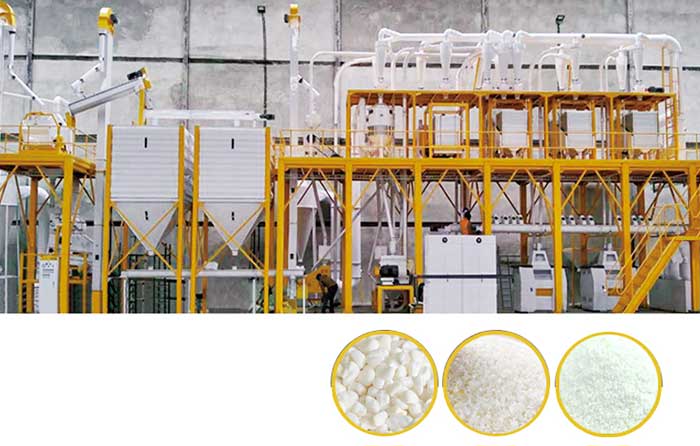 Complete Set of Maize Flour Milling Plant(Machine)
Complete Set of Maize Flour Milling Plant(Machine)
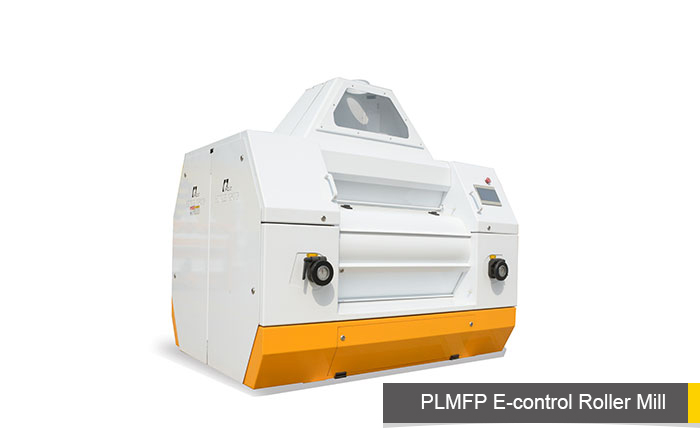 PLMFP E-Control Roller Mill
PLMFP E-Control Roller Mill
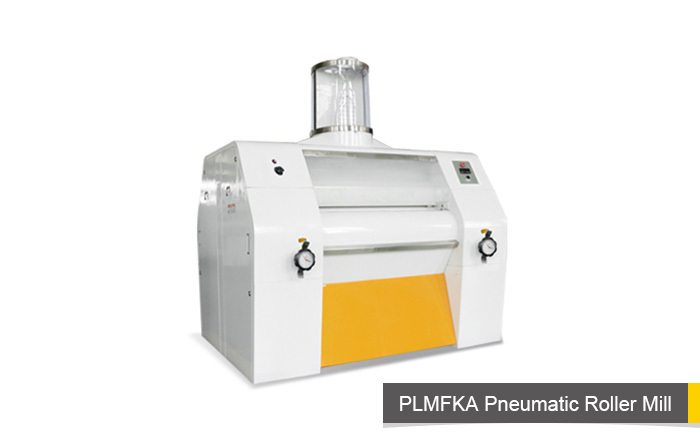 PLMFKA Pneumatic Roller Mill
PLMFKA Pneumatic Roller Mill
Copyright © Hebei Pingle Grain Technology Intelligent Equipment Co.ltd. All Rights Reserved | Sitemap | Technical Support: 